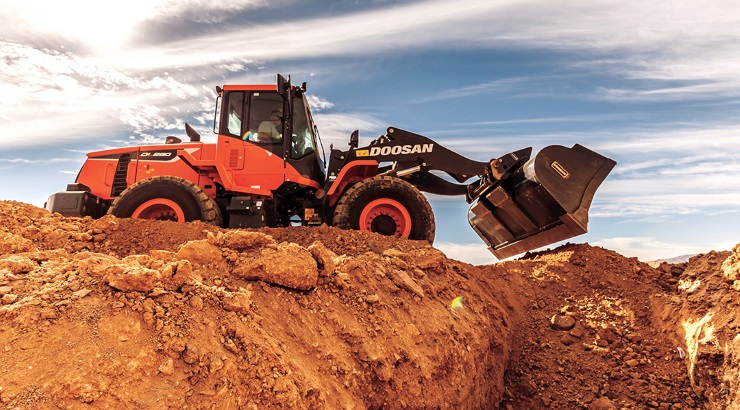Features
Top 7 Heavy Equipment Industry Trends to Watch
Seven heavy equipment industry trends to watch this year.

Recently, new trends have emerged in the heavy equipment industry as stakeholders subtly respond to the dynamics of the construction industry.
From rental services to telematics and self-driving machinery, a tremendous number of heavy equipment industry trends are evolving in the future course for this industry.
Here are the seven most significant trends currently impacting the industry, including the rarely discussed construction equipment price trends.
Heavy equipment industry trends
1. Rental services
An increasing number of builders are turning to renting instead of buying to reduce costs associated with owning and servicing heavy equipment machinery.
Indeed, according to the American Rental Association, equipment renting revenue will amount to $55.8 billion by 2023 and nearly $63.4 billion by 2026.
The other reason is that builders find rental services attractive because they give modern technologies to the equipment renters — something that may not be availed by owners.
2. Self-driving machinery
Self-driving machines have been developed to operate independently without human interference. This is made possible by advanced sensors and highly efficient computer systems that enable autonomous navigation, problem detection, and complex operations.
Thanks to their ability to enhance productivity, reduce accidents, and extend the lifecycle of construction equipment, self-driving machines are poised to become very popular this year.
3. Telematics
Telematics technology involves fitting data-carrying sensors on machines to track their performance and optimize them in real time.
Telematics can, for example, be used to track real-time information on equipment usage, location, engine performance, and fuel consumption, among others.
This is soon going to become a standard feature in heavy machinery.
4. New dealerships
Rising new dealership models are taking the heavy equipment industry into the digital age.
Already today, dealers are leveraging online marketplaces, e-commerce, and subscription services to offer better service.
These new dealership models will define the future trends in construction equipment pricing as dealers fight for the modern customer.
5. Predictive maintenance
Predictive maintenance is fast taking over the heavy equipment industry; it is based on data and analytics that predict when machines will require servicing and repairs.
RELATED: 10 Construction Technology Trends to Watch
This proactive approach minimises loss of work hours while cutting maintenance or repair costs and maximising the performance of equipment to improve profitability.
Predictive maintenance will be implemented as standard practice in heavy machinery.
6. Online sales
As more people spend a considerable length of time online, heavy equipment companies are increasingly shifting operations into the digital realm to reach consumers.
A growing number of these businesses set up e-commerce platforms whereby buyers can browse and purchase equipment from home with more transparency and choice.
What this means to the end-user is a much easier, more efficient experience in buying.
7. Digital transformation
Digital transformation in heavy equipment only implies that digital technologies have been fused into all business operations.
IoT, AI, Machine Learning, and Cloud Computing collaborate with organisations to do things easier, quicker, and more proficiently. Companies are driving their operational landscapes drastically differently because of these technologies.
Several construction companies have already begun applying digital transformation to become agile, competitive, and profitable in the present market.














